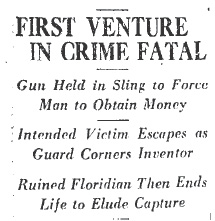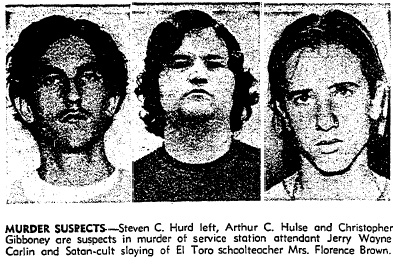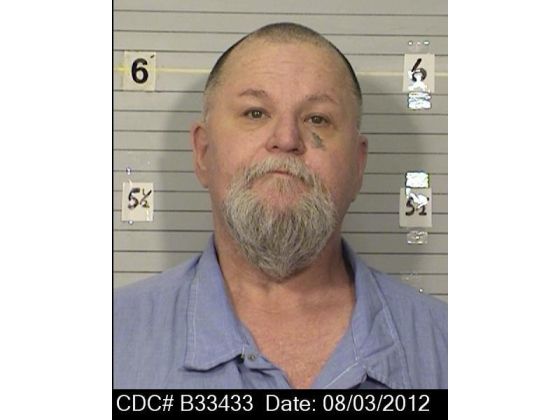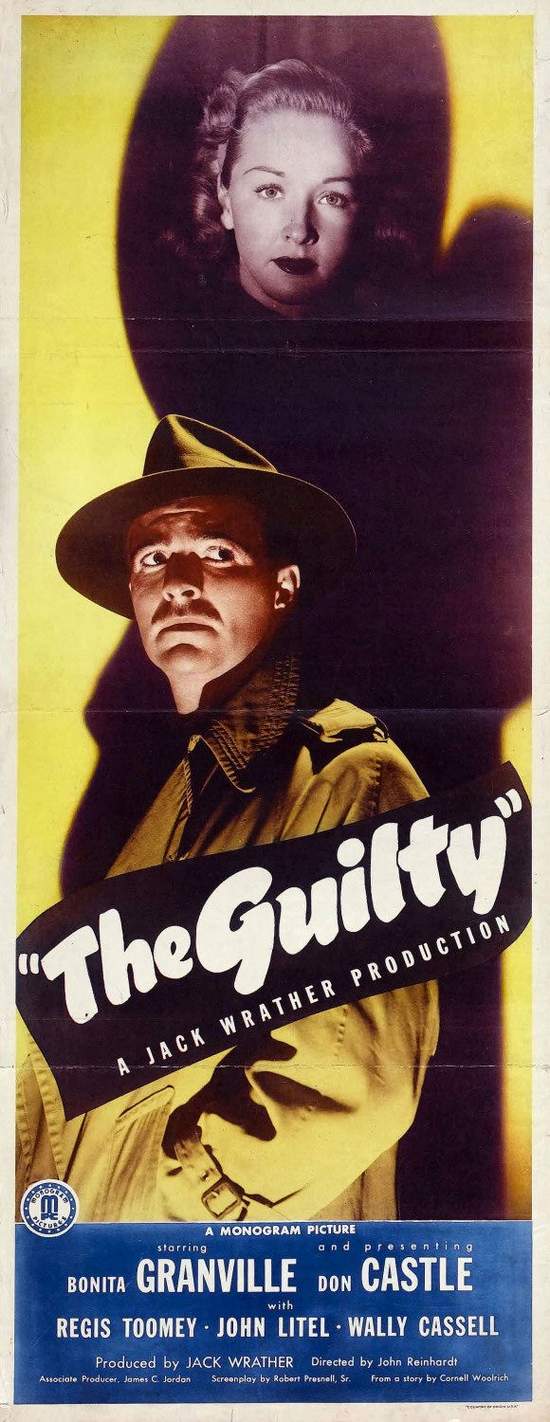The Great Depression began with the stock market crash on “Black Tuesday”, October 29, 1929. The U.S. stock market collapsed with losses for the month totaling $16 billion–an astronomical sum in any age or by anyone’s measure.

By 1932 the nation’s unemployment rate was 23.6% and nearly half of all the banks that had been in business in 1929 had closed their doors. Able-bodied young men and women were having a tough time finding employment, but getting a job was especially difficult for sixty-three year old Antone Christ. He was at a time in his life when he should have been retired, not pounding the pavement looking for work.
Christ, formerly of Miami, Florida, had once been a wealthy businessman but he had lost $100,000 [equivalent to $1.5 million in today’s currency] in a bank failure. To add to his stress, the rapid mathematical calculator (in book form) that he had been attempting to market was evidently a tough sell. I’m guessing that the calculator was a sort of speed math that, once learned, would enable a person to solve fairly difficult calculations mentally–no paper, pencil, or abacus needed. Perhaps Christ’s calculator failed because the average Joe had nothing positive to enumerate. No earnings, no savings–just money going out the door.
Antone and his wife had only been married for a couple of years, and had moved to Los Angeles in 1931, presumably, as had so many others, to get a fresh start. Christ’s inability to get a job, and his constant brooding over the fortune he had lost, had made him a desperate man.
A little after 10 a.m. on February 15, 1932, August J. Martz, was in his office on the second floor of the building at 758 West Seventh Street when the door opened suddenly and a man stepped in. The man was Antone Christ and he was holding a gun.
Martz said:
“I thought it was a joke. He forced me to get up. Then I had to take from his pocket what appeared to be a bomb. He forced me to put it in my pocket, but wires extended from it and were attached to what appeared like a detonating contrivance he kept in his pocket. He had a sling around his neck, through which he put his hand that held the gun he kept trained upon me. In this fashion we descended the stairs and walked east on Seventh Street for nearly three blocks until we came to the Bank of America. All the time we were walking he kept cautioning me not to try any funny business; not even so much as a glance sideways. I don’t know how he knew I had an account at the Bank of America. I had never seen the man before. He told me to draw out every cent I had in the bank.”
Christ and Martz entered the bank and walked toward a teller’s window. Two bank guards, G.J. Fitzpatrick and George Constantineu, watched the pair enter and wondered what the hell was going on. Christ may have been momentarily distracted by the activity in the bank– and Martz saw an opportunity for escape. He said:
“I saw Fitzpatrick and I made up my mind to take a chance on the bomb and jump.”
When Martz made his dash the wires that connected him to Christ pulled loose. One, two, three…no explosion. On the chance that the contraption might still detonate, Martz ran to divest himself of the black cylinder he had carried in his pocket. He was relieved to discovered the cylinder was stuffed nothing but paper wadding.

Fitzpatrick and Constantineau cautiously approached Christ who had produced a nickel-plated .38 caliber pistol from his pocket and began to wave it above his head.
“Stand back; don’t touch me.”
Fitzpatrick demanded that Atone give up his weapon, but instead Antone took a step backward. He continuing to slowly move back, still holding the gun. Finally he bumped up against a counter and was forced to stop. As dozens of bank employees watched, Antone lifted the gun up to his head and fired.
 Still breathing, Christ was rushed to the Georgia Street Receiving Hospital where he died on the operating table.
Still breathing, Christ was rushed to the Georgia Street Receiving Hospital where he died on the operating table.
Detective Lieutenant Luke searched the dead man’s clothing and found 25 cents and an envelope. On the envelope was a single sentence written in pencil:
“My first venture in crime, or will I suicide?”
Christ’s brief criminal career was over.



 Patricia lives out of state and wasn’t notified of the parole hearing in time to make arrangements to attend, so Craig’s request for release went unopposed. We organized a letter writing campaign to ask Governor Brown to overturn the parole because at his previous hearing, about a year before, the board had stated that Hulse still constituted an unreasonable danger to the public. What could have changed in such a short time?
Patricia lives out of state and wasn’t notified of the parole hearing in time to make arrangements to attend, so Craig’s request for release went unopposed. We organized a letter writing campaign to ask Governor Brown to overturn the parole because at his previous hearing, about a year before, the board had stated that Hulse still constituted an unreasonable danger to the public. What could have changed in such a short time?

 Still breathing, Christ was rushed to the Georgia Street Receiving Hospital where he died on the operating table.
Still breathing, Christ was rushed to the Georgia Street Receiving Hospital where he died on the operating table.
